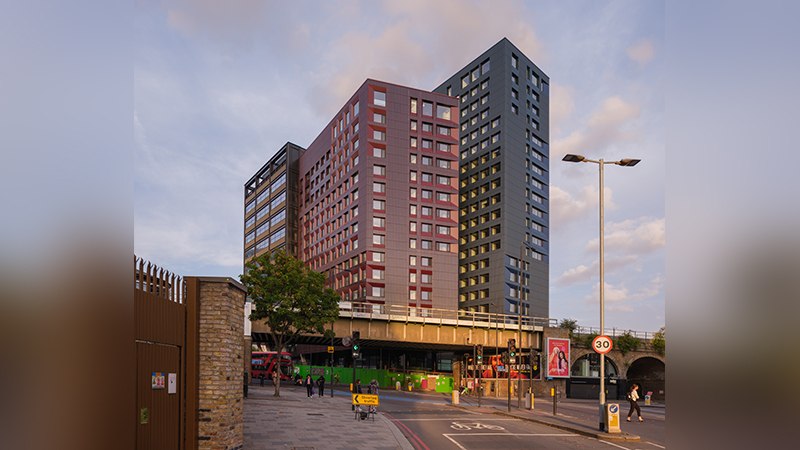 To succeed as a housebuilder, it is essential to know whom you are selling to and why. As our population ages, understanding the “grey pound” is increasingly important, particularly for private developers as wealth concentrates in the homes of older people.
To succeed as a housebuilder, it is essential to know whom you are selling to and why. As our population ages, understanding the “grey pound” is increasingly important, particularly for private developers as wealth concentrates in the homes of older people.
The number of people aged 85 and over will more than double in the next 20 years to 3.5m, while those aged 65 and over will increase by half to 17.2m. Latest figures from the department for Communities and Local Government show that 74% of future household growth will be by older people.
So if housebuilders are going to sell to this market, what should they know?
On the face of it, there are similarities between mainstream and retirement housing business models, including onsite sales offices, show flats, incentives, and national and regional advertising. But there are key differences.
Because we build a specialist retirement product, our customers are in their “extended middle age”. Their average age at purchase is close to 80, compared with that of the average first-time buyer – 35. Working with later-life buyers requires different kinds of knowledge and skills to ensure they get the right housing solution.
The message needs to be right
A typical first-time buyer is looking to get on the housing ladder after time spent renting or with parents, but the needs of those in later life are more complex. Our customers want to live in attractive, aspirational and well-located housing that feels similar to mainstream property, and maintain their independence.
But they are at a point where they are looking for support, whether with the management of their property or hands-on care. The need for increased security and companionship in later life are key drivers, perhaps due to the loss of a partner or other life event. This is why design is essential, and our developments are built to Lifetime Homes Standards or above.
Our customers experience many emotions
Customers are usually emotionally attached to their existing property and it is sometimes difficult to leave. Buying a house is stressful at any age, but more so the older one is, with concerns such as maintenance and how buyers will clear the loft and pack their belongings.
Very often, children and grandchildren are involved in the sale, advising their parents and grandparents, so managing their involvement is also important.
Selling periods are typically slower
Retirement housing can take longer to sell because of the challenges outlined above. Although we are selling faster than ever before because of demand, and selling more than ever off-plan, schemes rarely sell out before first occupation. Our customers want to see and “feel” their development and apartment, meet prospective neighbours and get to know their house or estate manager.
Customers must sell their existing property
Most first-time buyers are chain free, but nearly all of our customers are a part of one. To manage this, property managers, working with part-exchange companies and helping our customers resolve issues in their chain, are vital. Customer support executives need to support customers once a reservation has been made, chasing chains, dealing with solicitors, and ultimately building relationships and ensuring we go that extra mile to make clients feel special.
Older customers are in a different financial position
For mainstream housebuilders, Help to Buy supports a third of sales. For private retirement operators, there is no such incentive, even though customers may face an affordability gap. And while our customers are often mortgage-free and asset rich, they can be income poor and need to free up housing equity owing to insufficient pension pots.
In the past 18 months our customers have been able to claim £2m in benefits. Equity release is also a major motivation for customers who downsize, with £60,000 on average being released to spend as they wish.
Successful retirement operators must provide a start-to-finish process that goes beyond simply selling a property. It requires helping customers overcome financial and emotional obstacles, a different viability model, and intellectual capital to deliver a sustainable proposition. When it is done correctly, it is hugely rewarding and fundamentally improves people’s lives.
Demographics suggest retirement property should be a popular product for housebuilders, but without a major sea-change in developer interest, and without government incentives, such as stamp duty relief for later-life movers, we are unlikely to see the supply needed to deal with our rapidly ageing population.
Clive Fenton is chief executive of McCarthy & Stone










